
Advanced Health Sciences Training Centre
Thompson Rivers University, Kamloops, BC
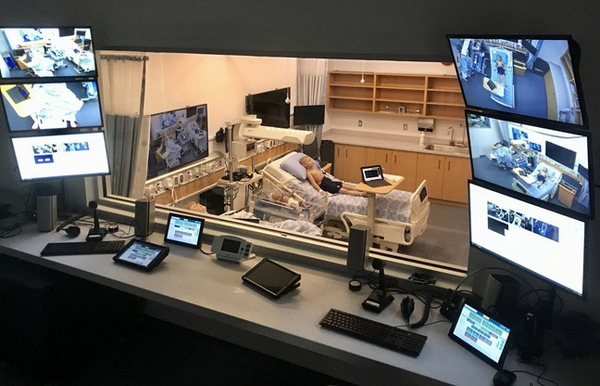
With 49,000 square feet (4,552 square metres) of multi-disciplinary labs, classrooms, research and collaborative study spaces, the Chappell Family Building for Nursing and Population Health celebrates innovation and excellence in health-care education.
The Chappell Family Building opened in September 2020 and is the newest academic building on TRU’s campus. As a result, the School of Nursing has tripled its lab space, prioritized student needs and introduced new technology for modern education and training.
Challenges
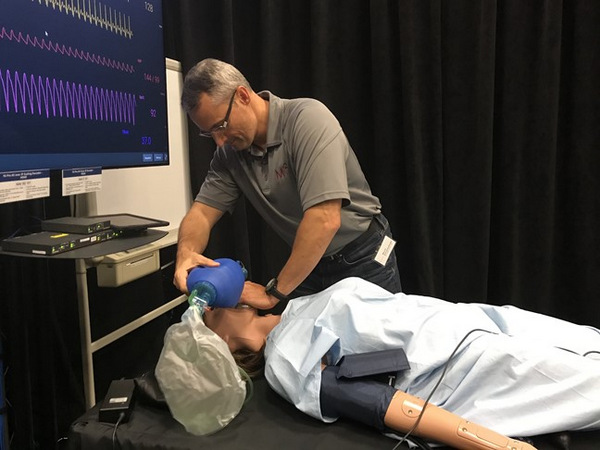
Thompson Rivers University – TRU located in Kamloops, BC and serving the Thompson-Okanagan and Cariboo-Chilcotin interior regions of BC required more space to accommodate the growing nursing program serving the interior of BC. The existing, aging building lacked the infrastructure or space to accommodate the evolving requirements, so TRU and the Ministry of Health – MoH decided it was time to design and build the new, state of the art Chappell Family Building for Nursing and Population Health – NPH at the TRU main campus in Kamloops, British Columbia. This new health sciences training center needed to be designed to accommodate the current and evolving future needs of the Nursing Programs and also support the needs of outside post graduate paramedic and firefighter training programs.
TRU Reference Letter
The New TRU, Chappell Family Building for Nursing and Population Health – NPH
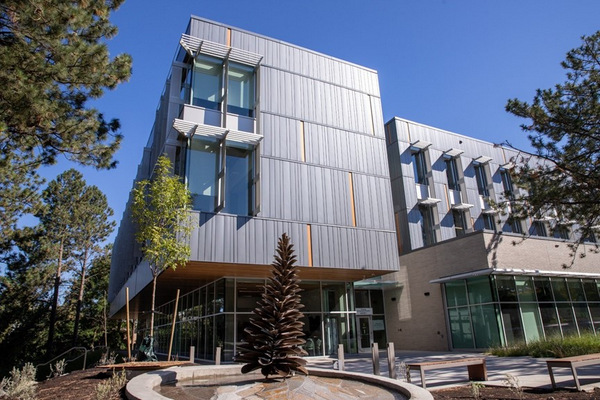
In addition to the traditional training modalities, like didactic classroom presentations and hands-on training patient case scenarios using standardized patients and human patient simulators, TRU required the teaching and learning A/V systems to be fully future proof to accommodate evolving, immersive training modalities, such as virtual reality, augmented reality and extended reality-based applications. There was a need to provide real-time, high resolution overflow capability between any of the teaching labs, classrooms and debriefing rooms. This required an AV transport system that was capable of distributing content in real-time and high resolution throughout the new 49,000 square foot multi-disciplinary building. There was also a requirement for an integrated content management system – CMS, providing the ability to stream live and archived sessions to remote participants attending from home.
The system needed to be a fully unified solution, integrating the many different application such as the A/V presentation and distribution systems, the health sciences specific capture and debriefing systems, the content management systems – CMS, and the learning management system – LMS, into one solution, capable of being operated and managed through one unified user interface.
Design & Proof of Concept
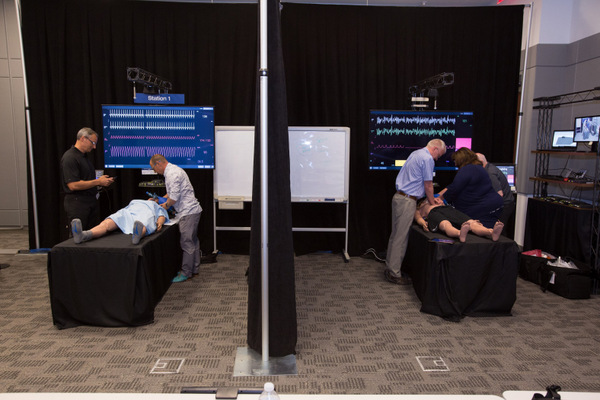
Proof of concept Simulator Station 1 is on the left and Station 2 is on the right.
Based on the functional, performance and operational requirements McSquared conducted a proof of concept – POC to determine the viability of the AVoverIP based A/V system design, confirm network performance requirements and validate interfacing between the overall system components such as the A/V systems, the network, the human patient simulators, capture & debriefing systems, the learning management systems and the control systems.
The POC design spanned multiple rooms and floors. It consisted of a dual-station medium/hi-fidelity simulation training lab, an adjacent dual-station control room, two overflow classrooms, and two debriefing rooms.
The lab’s two stations were fully functional and provided all of the specialized equipment used in simulation modality-based health sciences training scenarios. Each station included a hi-fidelity human patient simulator. To prove the concept and various systems, training scenarios were designed on actual use cases to stress test the installation for performance competency.
“Design validation protects against using the client’s project as a testing platform, with the purpose to confirm that the intended system design is able to support the health sciences training use case scenarios seamlessly and reliably meeting the performance, functional and operational requirements”
Marcel Schoenenberger
Principal Consultant
McSquared System Design Group, Inc.
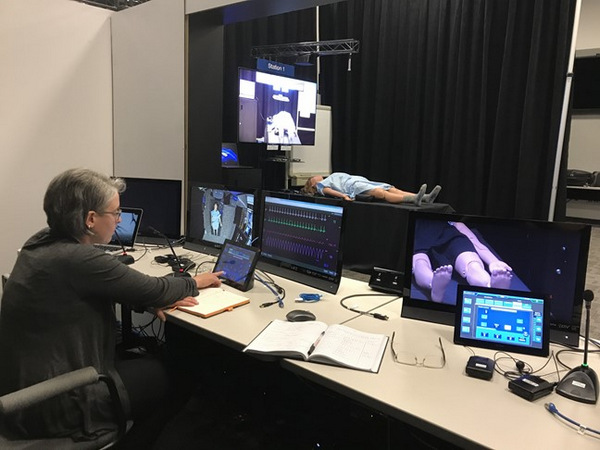
1 - View into the control room of the POC testing setup
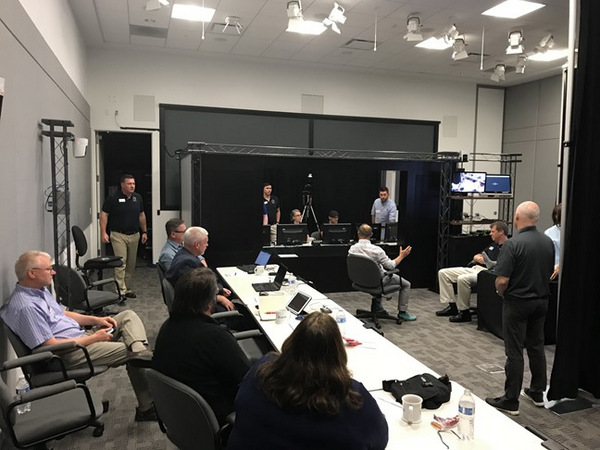
2 - View of the control room setup for the POC testing
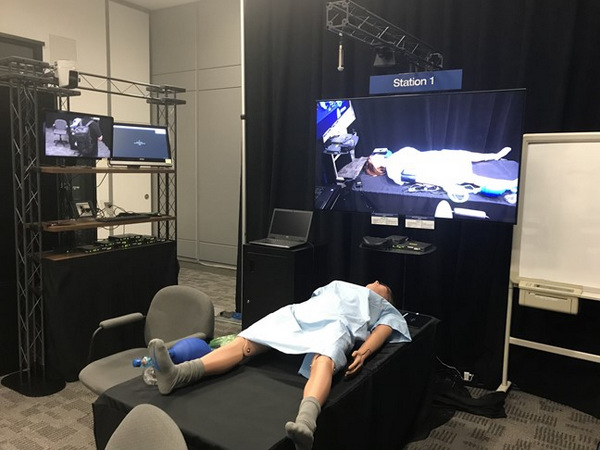
3 - Hi fidelity Simulation lab training Station 1 of the POC testing setup
Sessions were shared with the overflow and debriefing rooms over the AVoIP system. Scenarios employed each piece of health sciences and AV equipment to validate function, operation, and compatibility. As with all AVoIP solutions, appropriate network topology and professional active hardware were essential for system efficacy.
The tested systems provided McSquared and the TRU project team with the required information and data to design the network to the required capacity and configuration. It also validated the design for TRU from a functional and operational perspective. The data from the POC, and lessons learned were incorporated into the design and shared with the participating manufacturers, allowing them to make any required firmware and control code updates. The test results demonstrated the viability of the AVoverIP based signal transport system residing on the converged facility network providing the TRU with the required functional flexibility. The POC test also very clearly demonstrated the importance of selecting the right signal transport solution providing true variable bandwidth management capabilities, which has significant network bandwidth and capital cost implications for applications with over 20 rooms and almost 300 A/V source and destination endpoints. The POC provided not only valuable data and validation of the design, but also gave the TRU team an exact understanding that the systems installed at the new NPH building would meet their expectations.
Network
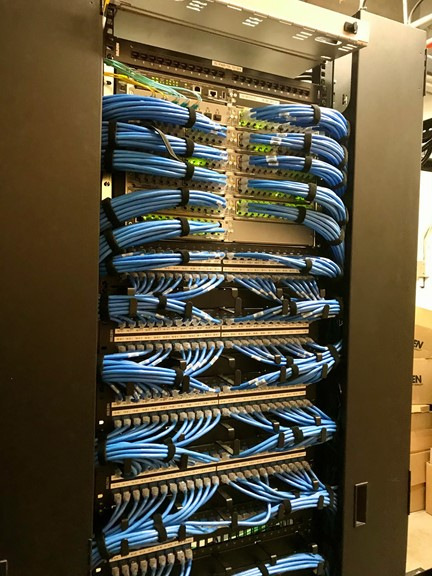
A key aspect of the design and POC testing process was the required computer network to support all of the system components. A converged multicast network supporting multiple multicast protocols was created working in close cooperation of the TRU IT department. The network needed to support high bandwidth streams across the network to the edge, making use of the TRU standard enterprise level network switches.
The network needed to support high bandwidth streams across the network to the edge, making use of the TRU standard enterprise level network switches.
For security, and operational stability reasons all devices requiring wireless connectivity, such as the wireless collaboration devices used to connect user devices wirelessly to the A/V system and the human patient simulators needed to be incorporated into the TRU wireless network, using the TRU access points. Specifically, the human patient simulators traditionally have been configured to create their own stand-alone wireless network for each manikin to connect to their respective operator and vital signs computers. But with the ever-increasing density in the 2.4Ghz spectrum, and with over 30 medium and high-fidelity simulators scheduled for the NPH facilities, it was clear that each of them running their own wireless network would potentially interfere with each other and the TRU wireless network adversely impacting operational stability and creating significant network security concerns.
McSquared worked with the human patient simulator manufacturers to upgrade the device's built-in network equipment and operating software, so the device would be suitable for connecting through institutional network, providing the ability for the manikins to be fully integrated with the overall health sciences learning systems.
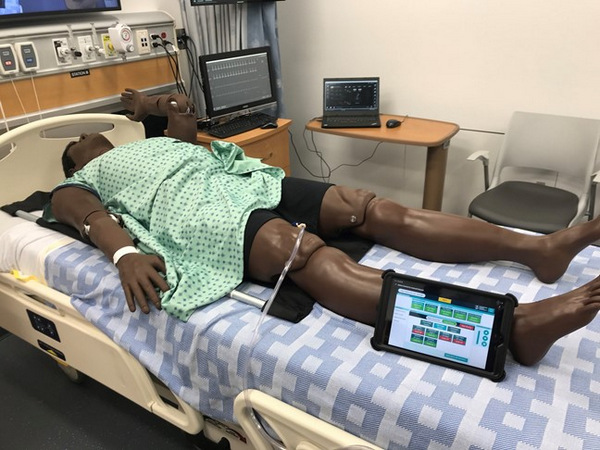
4 - Hi-Fidelity Human Patient Simulator with wireless control tablet for the integrated systems
All systems, including the AVoverIP signal transport system, the high resolution capture systems, the learning management systems, the content management systems and the human patient simulation systems are fully integrated into the converged TRU computing network.
Implementation
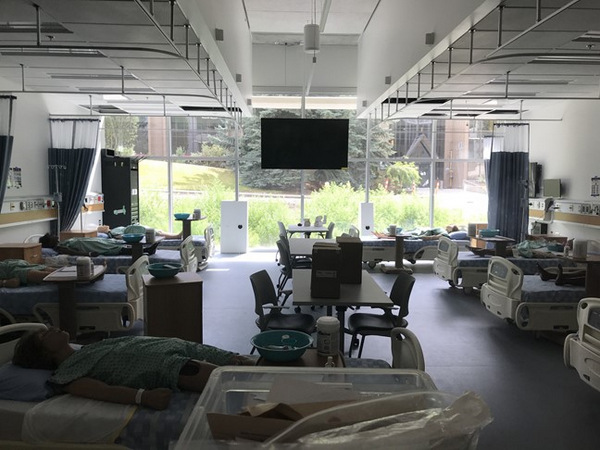
The systems were implemented by AVI-SPL out of their Calgary office, with the systems integration process managed by McSquared in close collaboration with the overall project manager Colliers Project Leaders, the TRU SoN and the TRU IT/AV team. The installation of such complex systems is never an easy task but was made even more difficult with the Covid-19 pandemic restrictions and resulting equipment shortage, but thanks to carefully prepared risk mitigation and project health and safety plans the project was completed and ready in time for the Fall 2020 school semester.
A key component of the integration process was the testing and commissioning process, which was conducted in multiple phases as system components were being added to the overall application. The systems were then carefully transitioned over to the TRU NPH operations team using a carefully planned and executed operational transition and training plan.
Result
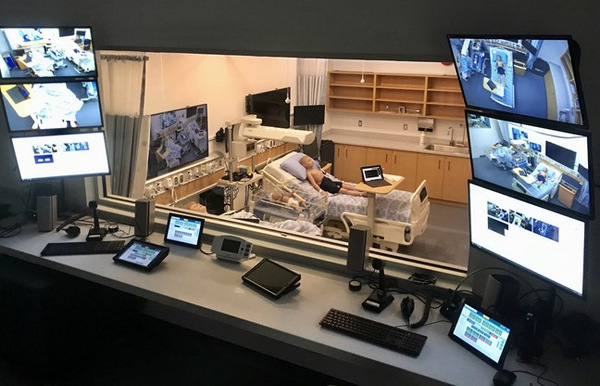
The NPH Health sciences teaching learning systems are the most advanced application in use for simulation based training applications anywhere in the world today. The system provides unequalled flexibility and functionality, allowing the system to be controlled remotely from the control room by an operator or from within the teaching lab, using a wireless control tablet providing a custom designed user interface allowing the instructor to easily control the systems while teaching a session.
All systems, including the AVoverIP signal transport system, the high resolution capture systems, the learning management systems, the content management systems and the human patient simulation systems are fully integrated into the converged computer network.
The following list of rooms were equipped with the the systems described in this report:
- One 16-bed station, Low Fidelity Lab
- One Partnership Training Clinic
- One 8-patient bed station Open Lab
- Two 8-patient bed station Medium Fidelity Labs
- Four 2-bed station, High Fidelity Labs with adjacent Control Room
- Two Break-out rooms
- One Home Visit Lab
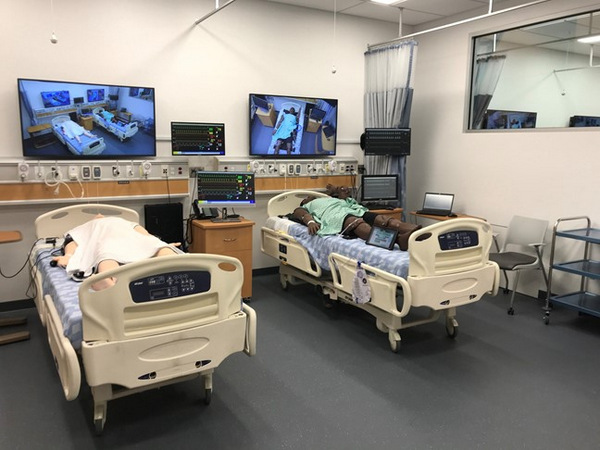
5 - Hi-Fidelity Simulation lab
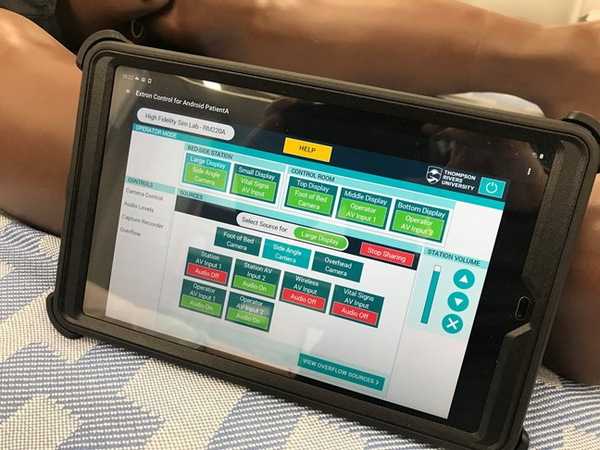
6 - Wireless integrated systems control tablet
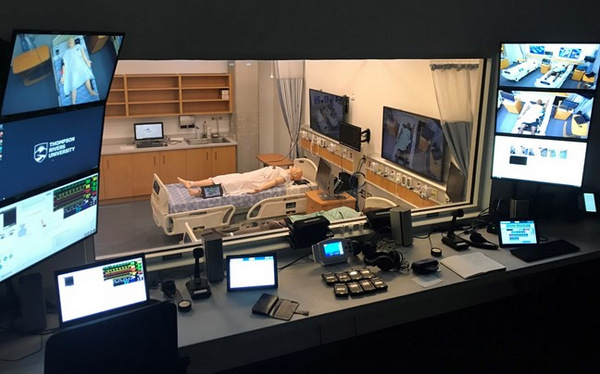
7 - Hi-Fidelity Simulation lab control room view into simulation lab
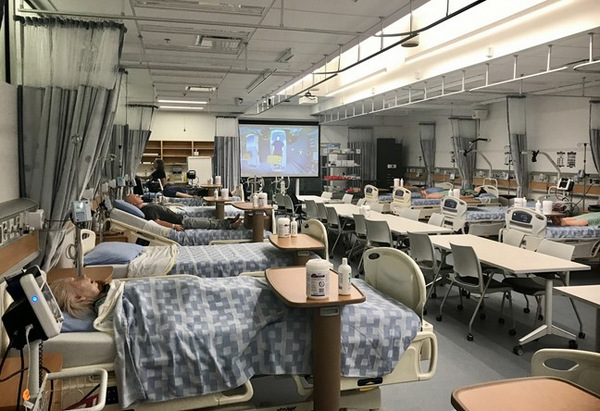
8 - 16-bed station, Low Fidelity Lab
|


